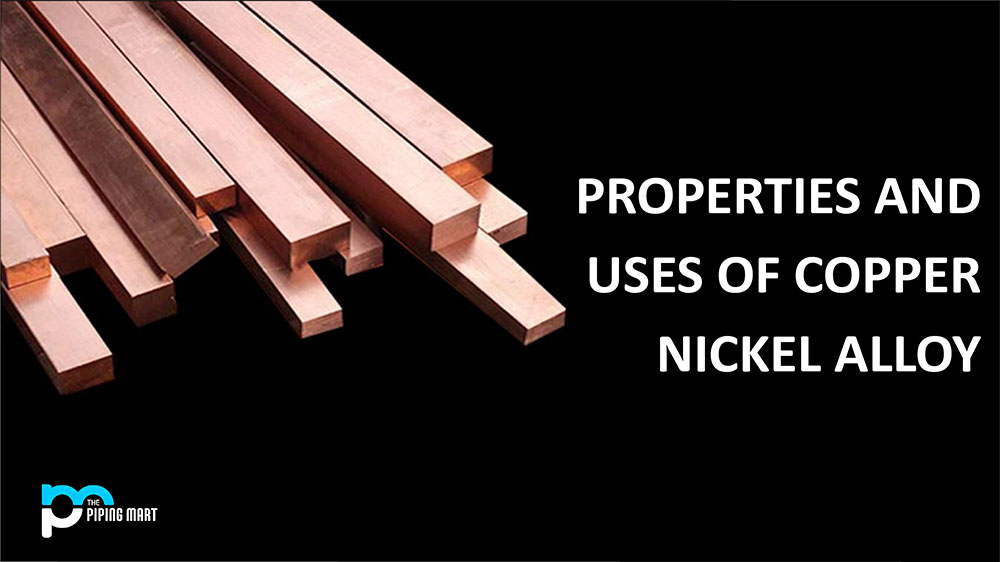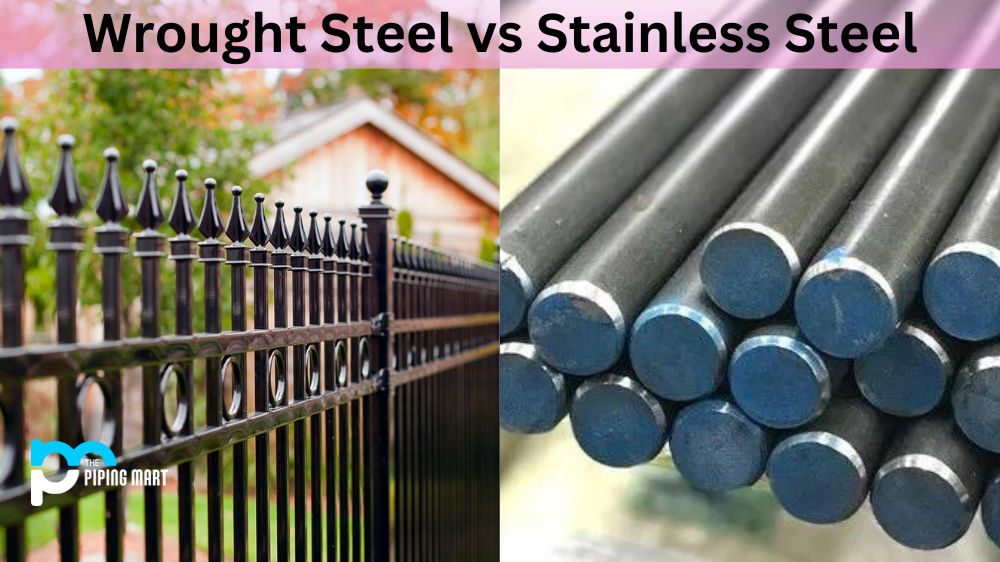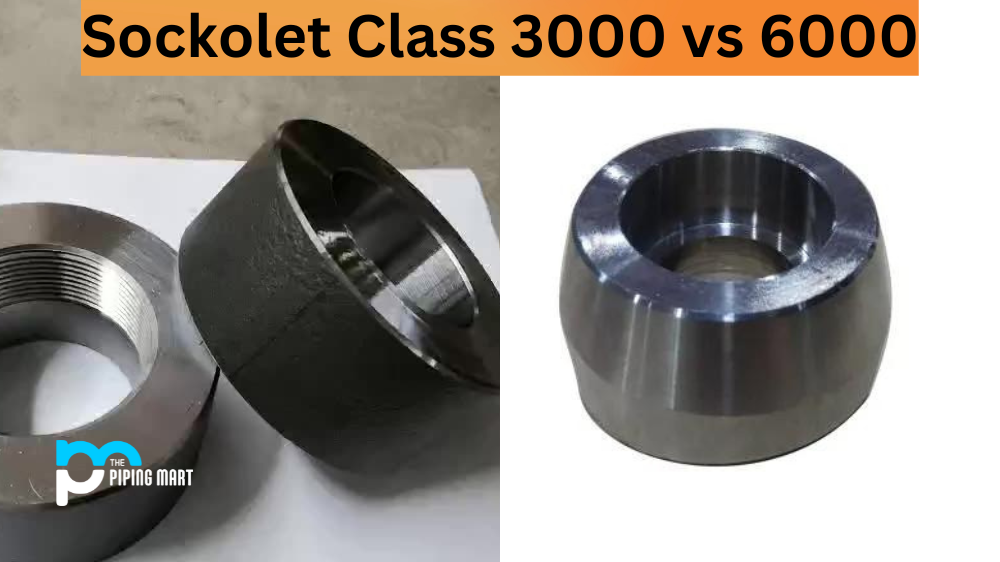What is Copper-Nickel Alloy?
Cu-Ni alloys are mixtures of nickel and copper, the base metal having the highest individual concentration, with or without additional elements. When other elements are present, nickel has the second-highest individual content of any element, following copper. The amount of zinc in a Cu-Ni alloy cannot exceed 1%. As with other copper alloys, it is important to distinguish between cast alloys, from which castings are made using various casting methods, and wrought alloys, which are then processed into semi-finished products.
Composition of Copper-Nickel Alloy
The characteristics of copper-nickel alloys inside the periodic system, neighboring elements Nickel (Ni) and Copper (Cu), are closely related and miscible. Several different copper-nickel alloys, sometimes called cupronickels, have diverse properties and uses. Several of the more well-known copper-nickel alloys are:
- Copper, which is ten percent nickel
- The nickel content of 30% in copper
- With 25% nickel and 0.05-0.4% manganese, copper
- Copper with the amount of 45% nickel is often also referred to as constantan.
- Due to the copper-nickel binary numeration system’s perfect solid solubility, all copper-nickel alloys only have one phase.
Physical Properties of Copper-Nickel Alloys
The composition affects the qualities of copper-nickel alloys. Both Copper 90/10 and Copper 70/30 exhibit exceptional corrosion resistance, particularly when exposed to seawater; however, Copper 70/30 is more robust and exhibits higher impingement corrosion resistance. The 90/10 alloy, on the other hand, shows slightly better resistance to biofouling. Alloys rich in copper are strong, ductile, only hardened by cold working, extremely resistant to corrosion, and have a low-temperature coefficient of electric resistance. Compared to copper alloys without nickel, such alloys’ nickel component enables them to maintain their strength at high temperatures.
Copper nickels have established features demonstrating great resistance to biofouling and saltwater consumption. This brings to mind the need for protection against chlorides to prevent pitting, fissure consumption, and stress erosion breaking even in hotter environments. Exceptional warm conductivities and malleability at cryogenic temperatures are important additional highlights of their range of applications. Improved stream rates and higher quality are made possible by higher nickel compounds and those with specific alloying augmentations.
Mechanical properties of Copper-Nickel Alloy
Like other copper alloys, Cu-Ni alloys have exceptional mechanical characteristics at low temperatures, as demonstrated for an alloy containing 20% Ni. Here, tensile strength falls with decreasing temperature, yet elongation and area do not significantly decrease. As a result, these alloys do not become brittle at low temperatures. They are hence excellent candidates for use in cryogenic engineering.
Even a modest amount of nickel boosts the copper’s heated strength. The impact of nickel on the temperature-induced softening of cold-rolled Cu-Ni alloys. Iron enhances mechanical characteristics both at ambient temperatures and at high temperatures. CuNi10Fe1Mn and CuNi30Mn1Fe, for instance, can be employed in containment vessel construction up to 300°C and 350°C, respectively. Strength significantly decreases at these limit temperatures, especially the creep strength and creep strain limit.
Creep Behaviour
Knowing how Cu-Ni alloys behave when under continuous loading at high temperatures is crucial since metallic materials are regularly subjected to this environment. Values are provided in this regard by the creep test. The phrase “creep behavior” refers to determining how a material will behave under static loading (creep loading) under circumstances when time under stress has a significant impact in addition to stress level and temperature.
The creep rupture strength at that temperature is the static load referenced to the initial cross-section of the test pieces at room temperature that fractures the test piece after a particular amount of time has passed. The creep strength is the greatest load a workpiece can sustain for an endlessly long time without fracturing. The load that causes a particular permanent strain after a certain amount of time is thus the creep limit at a particular temperature (and at the test temperature).
Fatigue Limit
The fatigue limit, often known as fatigue strength for short, is an essential characteristic variable for practical application because many components are subject to an oscillating load. In contrast, to creep behavior, it is defined as the greatest amplitude oscillating about a particular mean stress that a workpiece can withstand “infinitely often” without fracture and unacceptable deformation.
Although copper alloys lack a clearly defined stress limit, a progressive decline in strength is seen as the number of load cycles increases, followed by an imperceptibly slight decline in the area of high load cycles. As fatigue limits, fatigue strength at high load cycles (about 108) is given.
Uses of Copper-Nickel Alloy
The copper-nickel composites Copper 90/10 and Copper 70/30 are used for channel work in concoction plants, ocean water condenser frameworks, and desalination plants due to their excellent protection against ocean water consumption. Commonly used in Desalination Plants and Ocean Water Condensor Systems:
Automotive Software
The copper-nickel composite Copper 90/10, which requires no surface security and thus provides additional safety, is increasingly used for cooling, pressure-driven suspension, and brake systems in cars and commercial vehicles.
Applications in the Sea
The use of copper-nickel amalgams, Copper Nickel 90/10, and Copper Nickel 70/30 composites in applications such as boat body cladding, oil rig stage legs, and ocean water consumption screens is due to their excellent resistance to biofouling and ocean water erosion blockage.
Coins
The fabrication of coins, ornaments, and other minor applications frequently uses copper-nickel alloys composed of copper with 25% nickel and 0.05-0.4% manganese.
Contrarian Wire
High-precision resistors use copper-nickel composites consisting of copper with a 45% nickel combination as the obstacle wire due to their extraordinarily low-temperature co-product of electrical resistance. This characteristic of copper-nickel alloys enables the resistor to operate at the same resistance regardless of temperature.
Thermocouples
The copper-nickel composites, comprised of a copper-45% nickel composition, are also used in thermocouples because they produce a strong and consistent electromagnetic field (EMF) when mixed with other metals like copper and iron.
Various Applications
Additionally, copper-nickel composites are used in condenser tubes, ammunition, and cooling circuits to safely gather ocean water.
The relationships below summarise key characteristics of copper-nickel compounds:
The surface film, general/localized/pitting and crevice corrosion, stress corrosion cracking, velocity effects, sand erosion, galvanic properties, ammonia, and sulfides are some examples of corrosion resistance.
Due to their innovative, beneficial qualities, copper-nickel compounds are chosen for marine designing applications such as shipbuilding and repair, desalination plants, seaward oil and gas buildings, and force ages.
Condensers, heat exchangers, sprinkling zone sheathing, and other seawater framework components, as well as the more novel utilization of pontoon constructions, are all made of copper nickel inside these segments. Copper-nickel amalgams are suitable for coinage, cryogenic uses, and antibacterial touch surface objects in marine and non-marine environments.

Pipingmart is B2B portal specializes in industrial, metal and piping products. Also, share latest information and news related to products, materials and different types grades to help business dealing in this industry.




